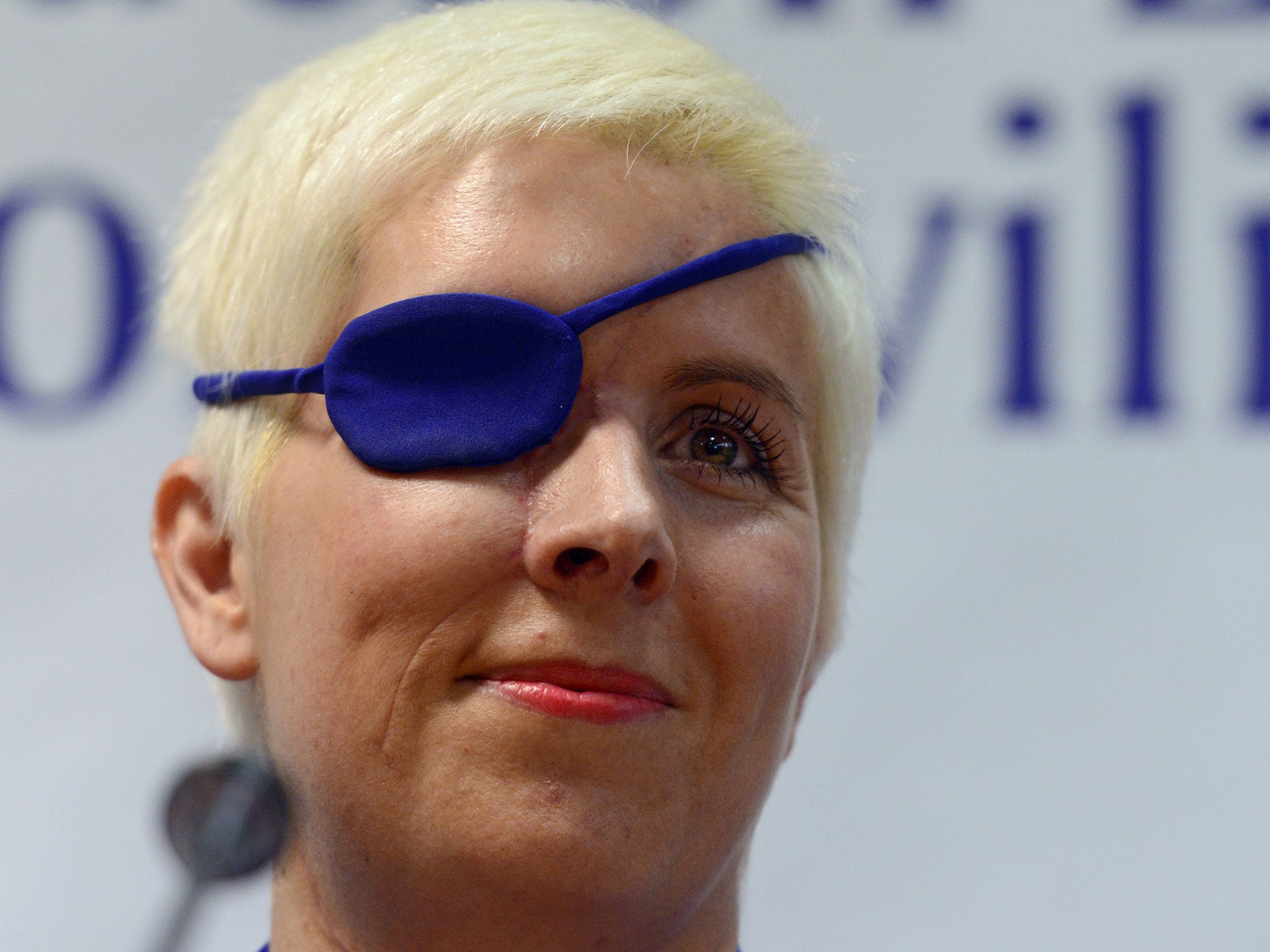Maria de Villota obituary: One of a handful of women to test-drive in Formula 1
Formula One paddock in mourning after the former Marussia test driver was found dead at the age of 33

The Formula 1 family in Suzuka was stunned today by the death of former Marussia test driver Maria de Villota, who was found dead in a hotel room in Sevilla. She was 33. Only the previous evening she had tweeted a cheerful photo of herself with a friend, Manuel.
Confirming the news, her family said in a poignant statement on her Facebook page: "Dear friends: Maria has left us. She had to go to heaven like all angels. We are thankful to God for the extra year and a half that he left her with us."
Last year de Villota was controversially signed as a test driver by the Marussia team. Her father Emilio had raced a private McLaren in the Belgian and Austrian grands prix in 1977 and been a champion in the national British Aurora AFX F1 series in 1980, but her own outings in Spanish F3, the Daytona 24 Hours and the Superleague Formula Championship barely merited the graduation. She was also named by a publicity hungry FIA as one of their ambassadors for Women in Motorsport, which some believed was premature.
But tragedy struck in July during her first test session at Duxford, when she became the first female to test for a contemporary Formula 1 team since IndyCar racer Katherine Legge drove a Minardi in 2005. De Villota had completed her first runs when, for reasons still not yet fully identified, she collided with the tailgate of the team truck while heading for the makeshift pit area; by cruel chance the tailgate had been left at eye level and in a horrible accident she struck her head, sustained serious injuries and eventually lost her right eye.
It was impossible not to feel great sympathy for somebody who was pursuing their dream as the tremendous but ultimately unsuccessful struggle to save her sight by surgeons at the Addenbrooke’s Hospital in Cambridge became known. It brought home the horror and intensity of her injury. It no longer mattered whether she had earned the right to drive an F1 car. One moment she had been speeding down the runway at 200 mph, living her dream, exhilarated by the thrill of the action she had waited for so long to experience, actually driving the car for the first time, then suddenly she had the accident at such low speed when any moments of danger should have been far behind her.
A member of the F1 family was hurt, and the sport responded in apposite manner to her distress. The random cruelty of it was breathtaking. It hit the fraternity very hard and cast a pall over that week’s British GP at Silverstone.

When she first appeared again publicly, bravely wearing a patch over her right eye, she spoke movingly of the challenges she had faced during her recuperation.
“I remember everything – even the moment of impact,” she said. “When I woke up with everyone around me, I started to speak in English as I thought I was on an FIA check-up and that the nurse was a trainer. My dad said: ‘Please, Maria, speak Spanish, because your mother is missing half the things,’ and then I became aware of everything: of what had happened, where I was and why.
“In the beginning they were covering my eye so I couldn’t see it. The first day I looked at myself in the mirror I had 140 black stitches on my face, and they looked like they had been stitched with a boat rope, and I had lost my right eye. I was terrified.
“What I’m wondering now is if my future is being a racing driver or if there’s something else I have to do with my life. I still don’t know what I need to do.”
Later she told reporters: “One of the surgeons who had operated on me came up to me and said ‘Maria, we saved your life. But we need to tell you you have lost your eye.' In that moment, I asked the surgeon: ‘Do you need both hands to operate?’ and he said yes, and I said ‘Well, I'm a Formula 1 driver and I need both eyes.’
“And I told the poor man that it should have been my decision to remove the eye, as if the poor man had a choice.
“But then you realise it is something unprecedented, that you are feeling fine, and you realise that you see more than before. Because, before the accident I only saw Formula 1, inside a car, competing. I didn't see what was really important in life. At that point I wasn't appreciating the biggest thing, which was the person who had saved me.”
Her courage and fortitude won over those who had been sceptical about her status as an F1 driver. In the end it didn’t matter whether she had fulfilled the necessary criteria, in terms of either skill or results. She had proved conclusively that she had a racer’s spirit.
Join our commenting forum
Join thought-provoking conversations, follow other Independent readers and see their replies
Comments